Abstract
This paper describes the implementation and verification of a new method of serotyping Escherichia coli based on a mathematical analysis of the results of agglutination reactions between standard O antigens of E. coli and rabbit antisera raised against them. Details of the new method, which uses on average one-fifth of the serum used for the old method and is now in routine use in New Zealand, are given.
Full text
PDF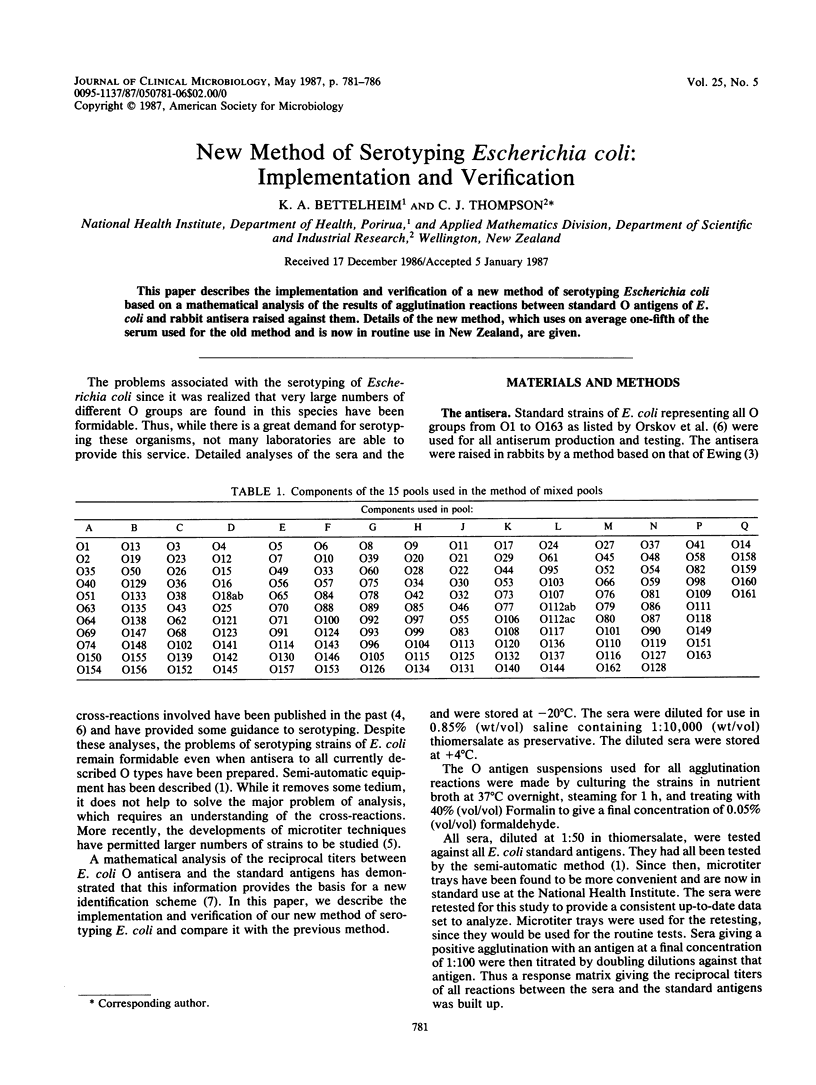
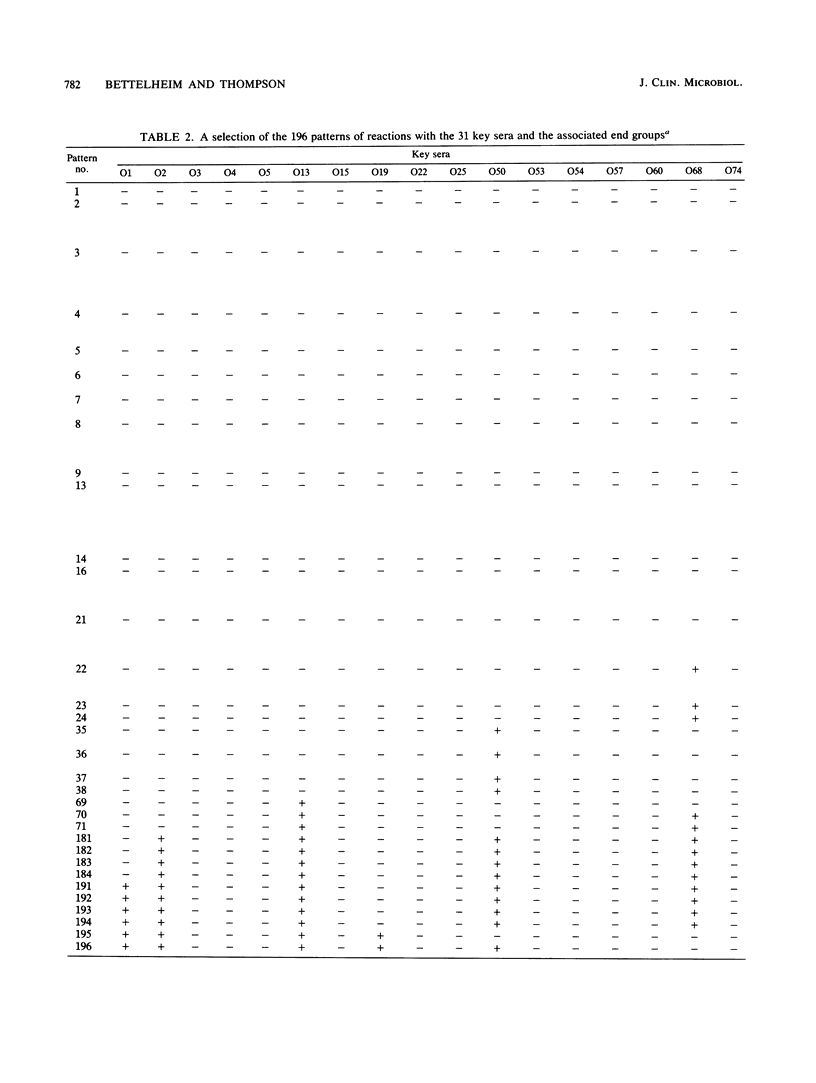
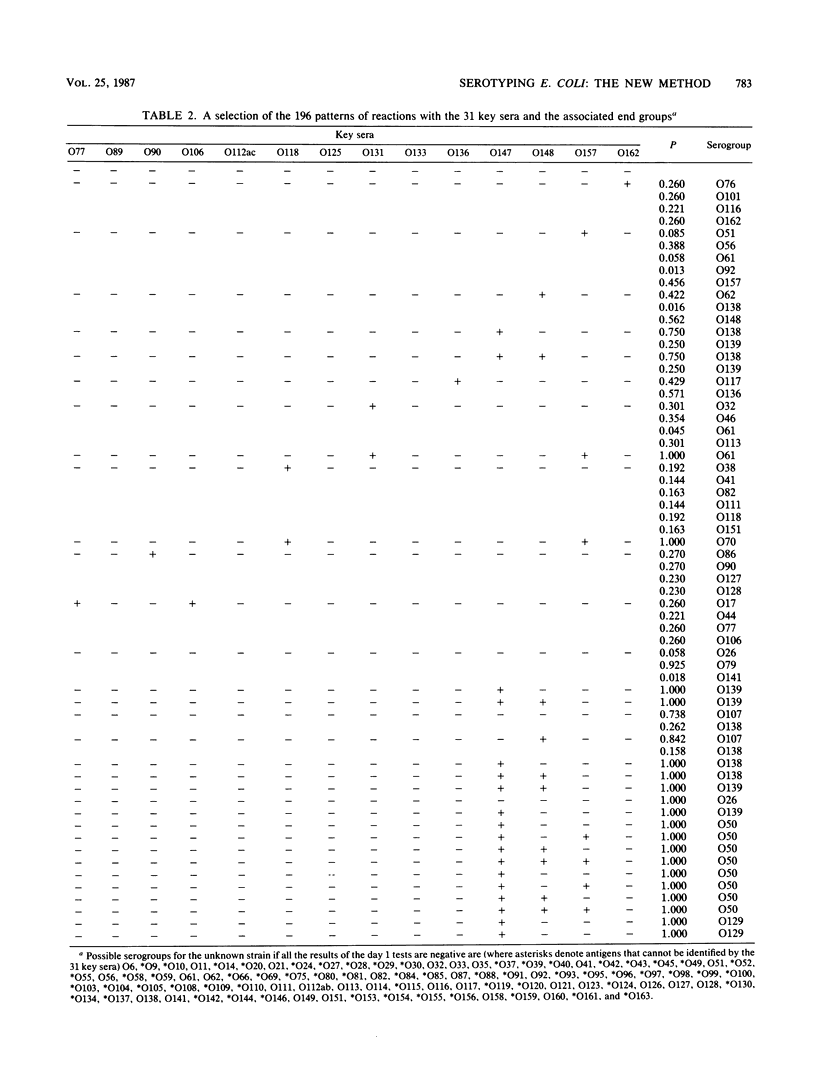
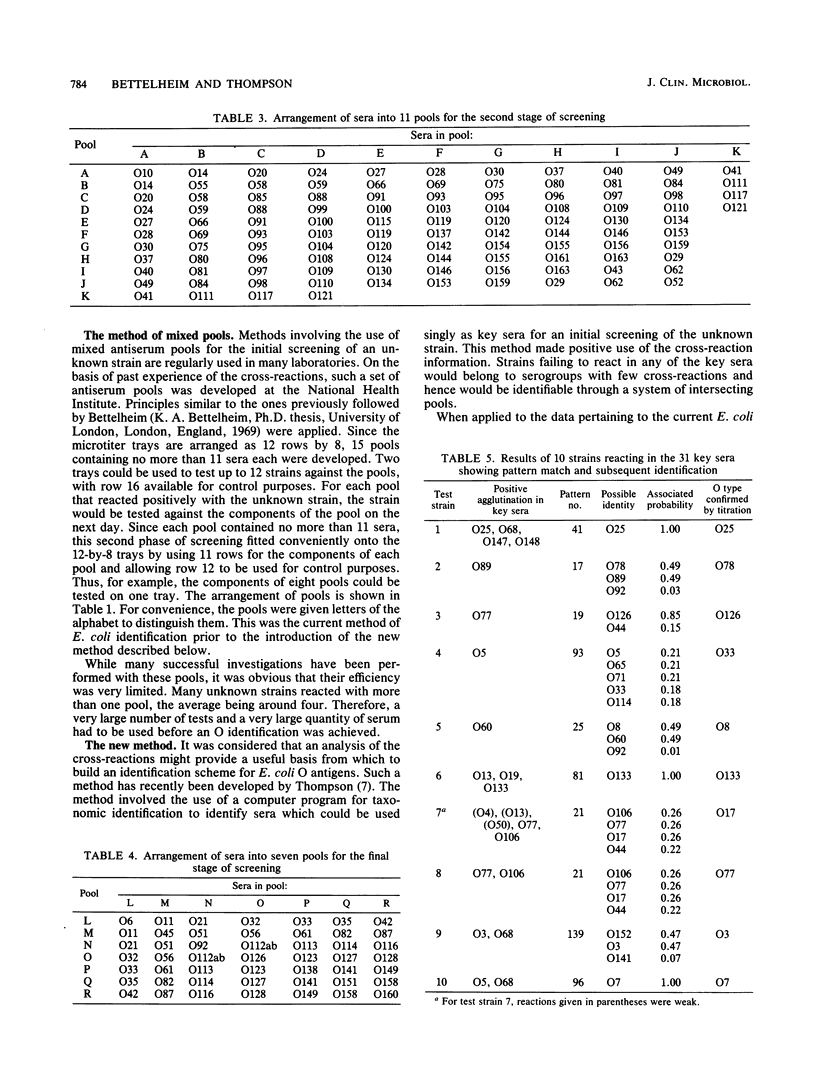
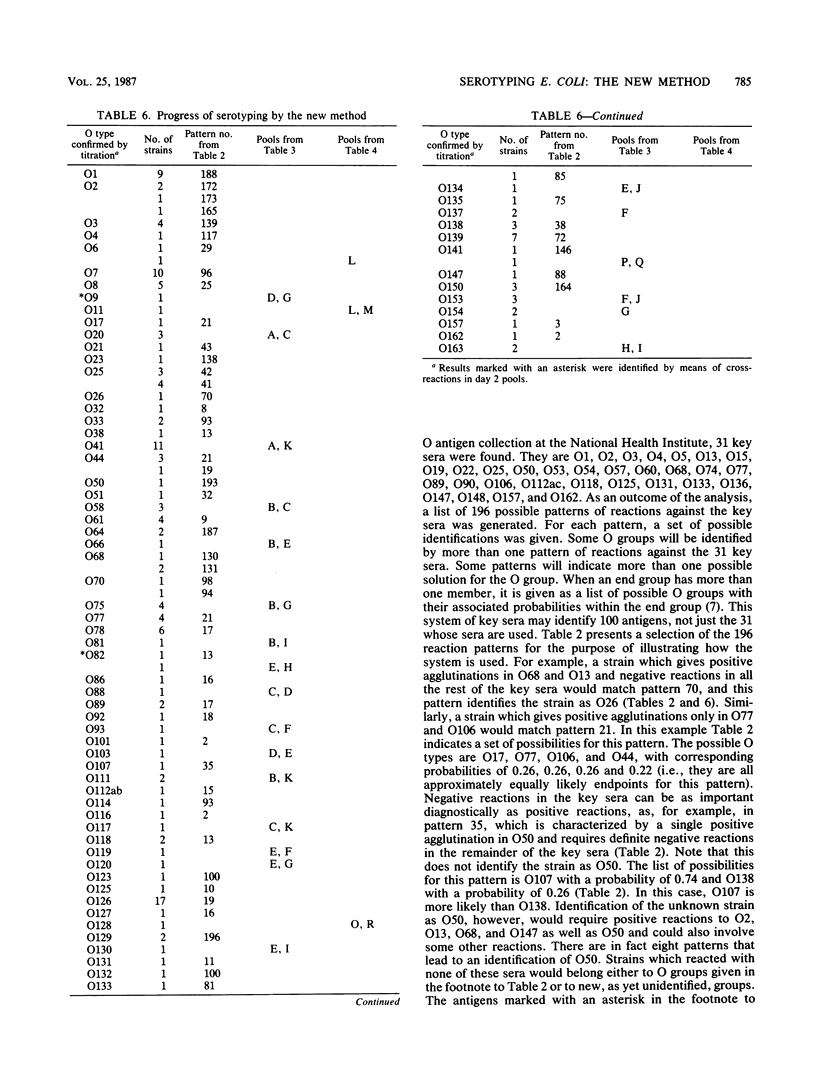
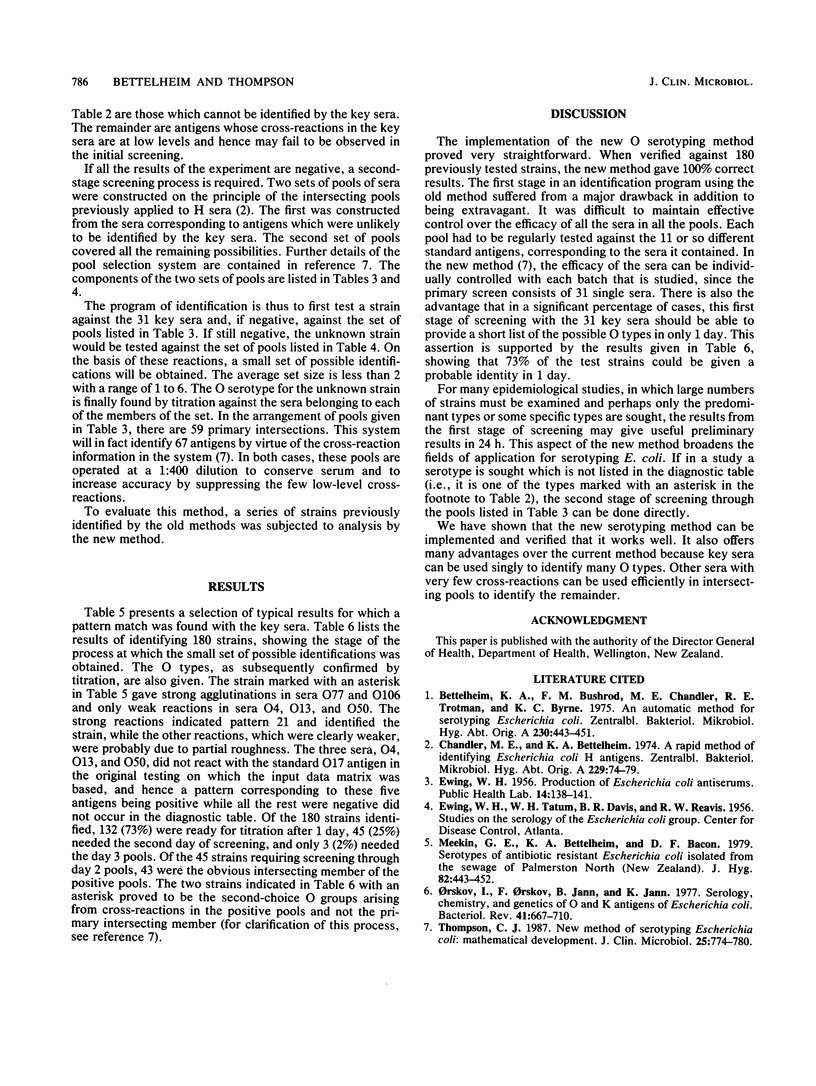
Selected References
These references are in PubMed. This may not be the complete list of references from this article.
- Bettelheim K. A., Bushrod F. M., Chandler M. E., Trotman R. E., Byrne K. C. An automatic method for serotyping Escherichia coli. Zentralbl Bakteriol Orig A. 1975;230(4):443–451. [PubMed] [Google Scholar]
- Chandler M. E., Bettelheim K. A. A rapid method of identifying Escherichia coli H antigens. Zentralbl Bakteriol Orig A. 1974;229(1):74–79. [PubMed] [Google Scholar]
- Meekin G. E., Bettelheim K. A., Bacon D. F. Serotypes of antibiotic resistant Escherichia coli isolated from the sewage of Palmerston North (New Zealand). J Hyg (Lond) 1979 Jun;82(3):443–452. doi: 10.1017/s0022172400053961. [DOI] [PMC free article] [PubMed] [Google Scholar]
- Orskov I., Orskov F., Jann B., Jann K. Serology, chemistry, and genetics of O and K antigens of Escherichia coli. Bacteriol Rev. 1977 Sep;41(3):667–710. doi: 10.1128/br.41.3.667-710.1977. [DOI] [PMC free article] [PubMed] [Google Scholar]
- Thompson C. J. New method of serotyping Escherichia coli: mathematical development. J Clin Microbiol. 1987 May;25(5):774–780. doi: 10.1128/jcm.25.5.774-780.1987. [DOI] [PMC free article] [PubMed] [Google Scholar]


